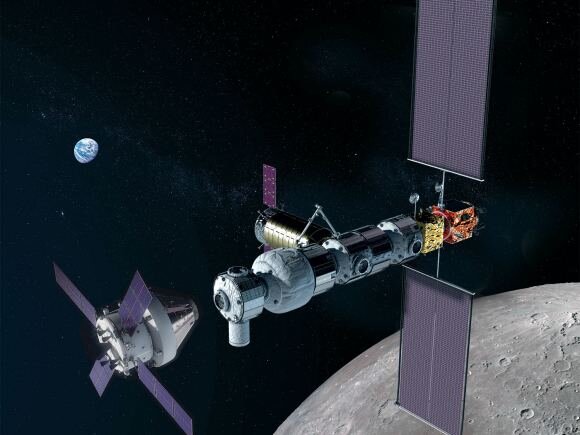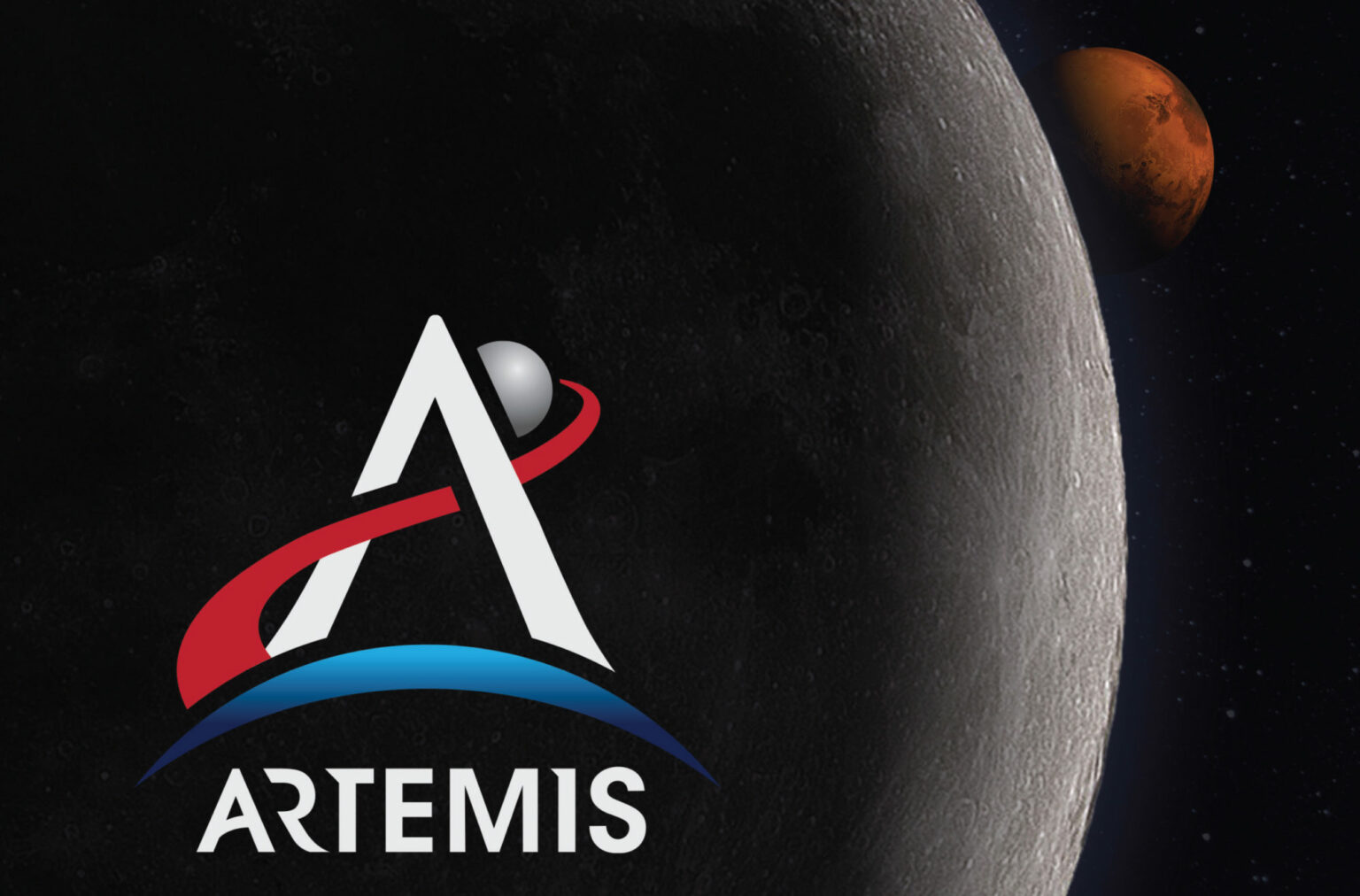NASA-backed CAPSTONE CubeSat will breach the Moon’s orbit on November 14 while navigating at a speed of over 6,000 km at 5:48 am IST.

According to NASA, the CAPSTONE CubeSat, launched on June 28, will enter lunar orbit on November 14. The roughly $30 million spacecraft, designed and built by Terran Orbital, is owned by Advanced Space on behalf of NASA. and aims to test the Moon’s Non-rectilinear Halo Orbit (NRHO).
The primary orbit insertion maneuver is scheduled for November 14 at 5.48 a.m. IST. CAPSTONE will become the first spacecraft to enter a unique, elongated orbit that will facilitate NASA’s Artemis operations. This 55-pound satellite the size of a microwave oven will be the first CubeSat to travel to and operate on the Moon. The CAPSTONE team anticipates that data analysis, two clean-up maneuvers, and confirmation of successful insertion into the near rectilinear halo orbit will take at least five days.

CAPSTONE mission objective
Overcoming challenges is the purpose of a pathfinding mission – CAPSTONE is capitalizing on that objective.
CAPSTONE, an acronym for Cislunar Autonomous Positioning System Technology Operations and Navigation Experiment, has been traversing an off-the-wall yet efficient interstellar route to the Moon for the past four months.
This path, known as a ballistic lunar transfer, tracks gravitational contours in deep space, allowing spacecraft to arrive at their destination with minimal energy expenditure. Advanced Space, a Colorado small business that operates and owns CAPSTONE on behalf of NASA, designed the trajectory.
The gravitational pull from Earth and the Moon merge in the NRHO, forming a semi-stable orbit. Contrary to other similar orbits, here, physics does most of the work of securing the spacecraft in its lunar orbit, thus curtailing its demand for fuel to sustain in the NRHO.
To facilitate future Moon landings, the Gateway is crucial because it would house astronauts and act as a testing ground for new technologies. NASA has big dreams for this unusual type of orbit. Engineers anticipate it will allow them to maneuver larger spacecraft, including Gateway, in orbit around the Moon for at least 15 years. For such interminable missions, fuel efficiency is pivotal.
When CAPSTONE reaches the Lunar surface at the end of its gravity-driven path, its approach will be flawlessly aligned for NRHO insertion – the crucial juncture of its route. While the timing of CAPSTONE’s earlier maneuvers was flexible depending on the spacecraft’s performance and other factors, this orbit insertion must occur precisely at the right time to insert CAPSTONE in the proper orbit.
It will perform it’s delicate, accurately timed propulsive maneuver to enter orbit while traveling 3,800 miles per hour, similar to a flying trapeze artist who jumps from one arc to another with a definitive, agile motion.
In addition, the Cislunar Autonomous Positioning System (CAPS), a critical software technology, will be assessed in the months ahead. CAPS will demonstrate inventive spacecraft-to-spacecraft navigation solutions, allowing future spacecraft to ascertain their coordinates without relying solely on tracking from Earth.
The CAPSTONE mission is to illustrate a range of technologies that will establish the groundwork for commercial support of future lunar missions.
NASA partners are putting cutting-edge mission planning and operations tools to the test, paving the way and expanding possibilities for smaller and less expensive missions for scientific exploration to the Moon, Mars, and many other destinations across the solar system.
CAPSTONE’s journey comes to a close
The CAPSTONE spacecraft’s onboard reaction wheel was unable to control or neutralize the spin after an unintended trajectory correction maneuver on September 8. NASA teams were able to issue recovery commands later, on October 7, the execution of which stopped this uncontrollable spin.
Over the last few months, CAPSTONE has performed five maneuvers to align its trajectory for orbit insertion, with the team acclimating to unforeseen situations to keep CAPSTONE on track. A final operation on Oct. 27 set the spacecraft on its way to the Moon.
“We are grateful to the exceptional individuals who have gone above and beyond in NASA, Terran Orbital, Stellar Exploration, NASA’s Deep Space Network, and Advanced Space for their tireless work on recovery efforts,” said Bradley Cheetham, principal investigator for CAPSTONE in official testimony.













